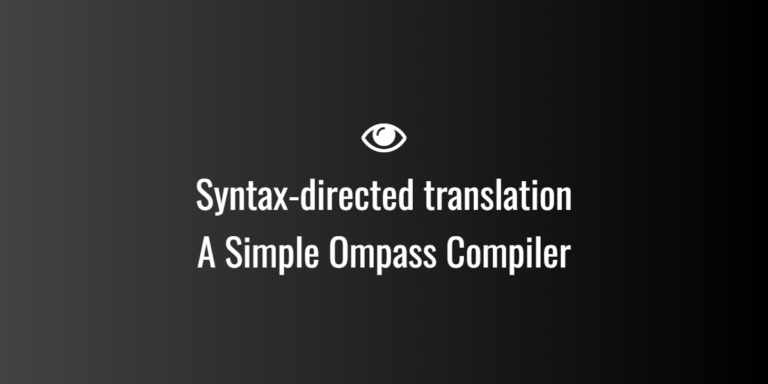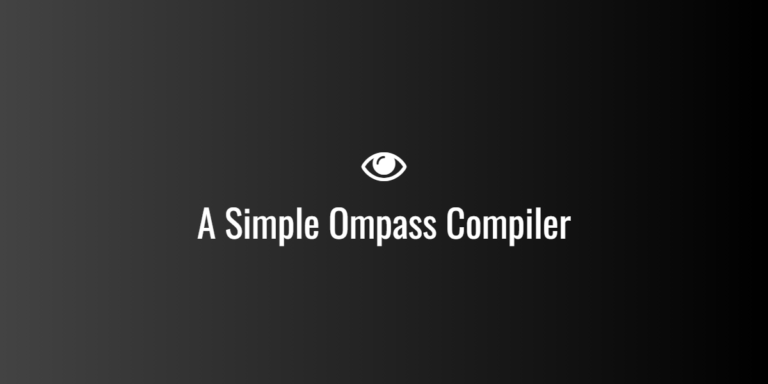Modulation is the process of varying a carrier signal in order to transmit data over a communication channel. The key difference between digital modulation and analog modulation lies in the type of signal that is being used to carry the data—digital or analog. Both techniques serve the purpose of enabling efficient transmission of information, but they differ in terms of how data is encoded and transmitted.
Analog Modulation
Analog modulation involves encoding information onto a carrier wave by varying one of its properties—amplitude, frequency, or phase. This is done to represent continuous signals, such as voice, music, or video, which naturally exist in an analog form.
Types of Analog Modulation:
- Amplitude Modulation (AM):
- The amplitude of the carrier signal is varied according to the message signal (information).
- Used in AM radio broadcasting and aviation communication.
- Frequency Modulation (FM):
- The frequency of the carrier wave is varied in accordance with the information signal.
- Used in FM radio broadcasting, television sound transmission, and high-fidelity audio.
- Phase Modulation (PM):
- The phase of the carrier signal is shifted according to the information signal.
- Used in satellite communications, digital communication systems (like PSK), and TV broadcasting (in some cases).
Characteristics of Analog Modulation:
- Continuous Signals: Analog modulation is designed to handle continuous signals, such as sound or video.
- Simple to Implement: The techniques are often simple and inexpensive to implement in many communication systems.
- Prone to Noise: Analog signals are susceptible to noise, interference, and distortion during transmission.
- Bandwidth Usage: Analog modulation tends to be less bandwidth-efficient compared to digital modulation.
Advantages of Analog Modulation:
- Lower Complexity: Analog modulation systems are relatively simpler and require fewer resources for implementation.
- Natural Representation: It is well-suited for transmitting naturally occurring analog signals, like voice and audio.
Disadvantages of Analog Modulation:
- Vulnerability to Noise: Analog signals are more prone to interference, which degrades the quality of transmission.
- Limited Efficiency: Analog systems typically require more bandwidth and power, leading to inefficiencies in transmission.
Digital Modulation
Digital modulation is the process of varying a carrier signal in discrete steps based on digital data. In digital modulation, the information is represented by binary digits (0s and 1s), and the carrier wave’s amplitude, frequency, or phase is modified in discrete levels to represent the data.
Types of Digital Modulation:
- Amplitude Shift Keying (ASK):
- The amplitude of the carrier is varied between two discrete levels to represent binary data.
- Simple and inexpensive, but prone to noise.
- Frequency Shift Keying (FSK):
- The frequency of the carrier signal is varied between two (or more) frequencies to represent binary data.
- More reliable than ASK, especially in noisy environments.
- Phase Shift Keying (PSK):
- The phase of the carrier signal is shifted in discrete steps, often used to represent binary data.
- BPSK (Binary PSK) is a basic form, and more complex forms include QPSK and MPSK.
- Quadrature Amplitude Modulation (QAM):
- Combines both amplitude and phase modulation, allowing for more bits to be encoded per symbol.
- Commonly used in digital TV, modems, and high-speed internet communication.
Characteristics of Digital Modulation:
- Discrete Signals: Digital modulation deals with discrete signals, which represent data as sequences of 1s and 0s.
- Higher Noise Immunity: Digital systems are more resistant to noise and interference, providing more reliable communication.
- Bandwidth Efficiency: Digital modulation techniques like QAM can pack more bits into a given bandwidth, improving the efficiency of data transmission.
Advantages of Digital Modulation:
- Noise Resistance: Digital signals are less affected by noise, making them ideal for high-speed data communication and modern systems.
- Data Integrity: Error detection and correction methods can be applied to digital systems, ensuring data integrity.
- Higher Data Rates: Digital modulation allows for higher data rates with more efficient bandwidth usage.
- Better Security: Digital communication can easily incorporate encryption and security protocols.
Disadvantages of Digital Modulation:
- Complexity: Digital systems require more complex modulation and demodulation techniques, which can increase the cost and power consumption.
- Less Efficient for Analog Signals: Digital modulation is not always suitable for transmitting pure analog signals, such as voice or continuous audio, without some form of digitization or conversion.
Comparison Between Analog and Digital Modulation:
| Feature | Analog Modulation | Digital Modulation |
|---|---|---|
| Signal Type | Continuous signals (e.g., sound, video) | Discrete signals (binary data) |
| Modulated Parameter | Amplitude, frequency, or phase | Amplitude, frequency, or phase (discrete) |
| Bandwidth Efficiency | Less efficient, requires more bandwidth | More bandwidth-efficient, can carry more data |
| Noise Immunity | Prone to noise and interference | Better resistance to noise and interference |
| Complexity | Simpler implementation | More complex, requires advanced encoding/decoding |
| Error Detection | No error correction built-in | Error detection and correction techniques can be applied |
| Applications | AM/FM radio, analog TV, audio transmission | Digital TV, mobile communication, internet, data transmission |
| Power Consumption | Typically requires more power for transmission | Can be more power-efficient due to efficient encoding |
| Cost | Relatively lower in cost for simpler systems | More expensive due to complex systems and components |
Conclusion:
- Analog modulation is used primarily for continuous signals such as voice and audio transmission. It is simple but is more vulnerable to noise and less bandwidth-efficient.
- Digital modulation is ideal for modern communication systems, where data is transmitted in binary form. It offers better noise immunity, higher data rates, and greater efficiency, making it the preferred choice for data transmission over long distances in today’s digital communication systems.




